
Capturing the magic of the night sky is a fun and creative technique just about anyone can do. Remember, I’m no expert when it comes to astrophotography; I leave that to Ken Lee. But this light painting adventure was a lot of fun with friends.
Hey there, fellow night sky enthusiasts! Combining the cosmos’ ethereal beauty with creative light painting artistry can create truly mesmerizing images.
Gear up for the night
For this adventure, I used a trusty duo:
- Neewer TL60: This compact light panel is perfect for illuminating foreground subjects or within a confined space like a bus (or car). Its adjustable color temperature and brightness make it versatile for various lighting scenarios.
- Zhiyun Fiveray M20C: A powerful and portable LED light, ideal for outdoor lighting. Its high output and adjustable beam angle allow you to create dramatic lighting effects for your foreground subjects. The diffuser makes it a nice soft light too.
- Camera and Lens: I was using my Sony a7R V and Sony 16-35mm wide-angle lens, Peak Design Travel Tripod.
Optimum settings for stellar shots
To ensure optimal results, here are some recommended camera settings:
- Aperture: A wide aperture (low f-number) like f/5 or lower (f/2.8) will allow more light to reach the sensor, capturing the night sky’s brilliance.
- ISO: A higher ISO setting, such as 1250, 1600, or 3200 will help capture the subtle details in the night sky, especially in darker conditions.
- Shutter Speed: A long exposure time, typically 20 seconds, is crucial for capturing the faint light of distant stars and galaxies. Use a sturdy tripod to keep your camera steady during the exposure.


The art of light painting
Now, let’s dive into the fun part: light painting!
- Compose the shot. First, carefully compose and frame the scene, ensuring the night sky and foreground subject are well-balanced.
- Set up your lights. Position the Neewer TL60 to illuminate the inside of the busy (the foreground subject), adjusting its color temperature and brightness to match the ambient light. We used 1% power and only had it turned on briefly, say 5 seconds. We tried various different colours too. To light up the outside of the bus we used the Zhiyun Fiveray M20C also on 1% on 5600K for just 1 second, to create dramatic lighting effects.
- Capture the night sky. Take a long exposure photo of the night sky, ensuring the camera is stable on a tripod, 20secs, f/5.0, ISO3200, 17mm (Sony 16-35mm wide-angle)
- Paint with light. With the camera still on the tripod, turn off all light sources and use your light painting tool (it could be a flashlight, LED light, or even your phone’s flashlight) to illuminate your foreground subject. Experiment with different patterns and movements to create unique effects.
- Post-processing magic. Once you have both the night sky and light-painted foreground images, it’s time for the fun part: post-processing in Photoshop.
Compositing your masterpiece
While it is possible to do this in a single shot in camera, I actually found it easier to do as a composite.
- Layer your images. Open both images in Photoshop and create layers for each.
- Align the layers. Carefully align the layers, ensuring that the stars and other elements in the night sky match up perfectly with the light-painted foreground. I like to have the light-painted image on the bottom and the astro as the top layer.
- Mask the foreground. Use a layer mask to selectively hide the night sky on the light painting layer, or alternatively on a separate layer, paint over it with black. Try using blend modes like Lighten for the sky to really bring out the stars.
- Adjust exposure and color. Fine-tune the exposure and color balance of both layers to achieve a seamless blend.
- Add finishing touches. Use adjustment layers like curves, levels, and color balance to enhance the overall look of your image.
Why light painting is a stellar technique
Light painting offers a unique opportunity to express your creativity and add a personal touch to your night sky photography. It allows you to control the lighting and composition of your scene, resulting in stunning and imaginative images.
So, grab your camera, your lights, and your imagination, and embark on a nighttime adventure to capture the magic of the cosmos. Remember, the night sky is your canvas, and you’re the artist!
Note: Please be safe! Go with a friend or two and bundle up warmly, for nights can get chilly.
Tell your story with the second annual Visual Storytelling Conference!
Experience four days of interactive, online training sessions featuring a range of educational content with experienced photographers and content creators. This free event kicks off with a series of technical boot camps to build essential skills, followed by live, online sessions on photography, video, business and social media. Join live from March 10-13, 2022!
- Posted on November 13, 2024
By shopping with our partners and affiliates, you help keep content on Photofocus free. Click here to learn more.
Julie Powell is a passionate photographer and educator, running online classes and workshops for still life, macro, food and portraits, based in Melbourne, Australia. Julie is also an award-winning digital artist and photographer who has a deep passion for fine art and conceptual photography, having exhibited in galleries in Europe, USA and Australia. See more of her work on her Website Juliepowellphotography.com or on social media.
Thanks to our partners who make Photofocus possible
Radiant Photo – Radiant Photo superior quality finished photos with perfect color rendition, delivered in record time. Your photos — simply RADIANT. The way they are meant to be.
Mylio Photos – Access your photos from anywhere, without the cloud! Easily showcase your photos on-the-go, resolve duplicates, find faces and look for those stunning locations.
B&H – B&H is a world renowned supplier of all the gear photographers, videographers, and cinematographers need and want to create their very best work.
MPB – Grab used but perfectly working cameras and lenses for less, or turn your old gear into cash by trading and selling them on MPB!
Sign up for our newsletter to get the latest from Photofocus delivered each week.

 1 week ago
5
1 week ago
5


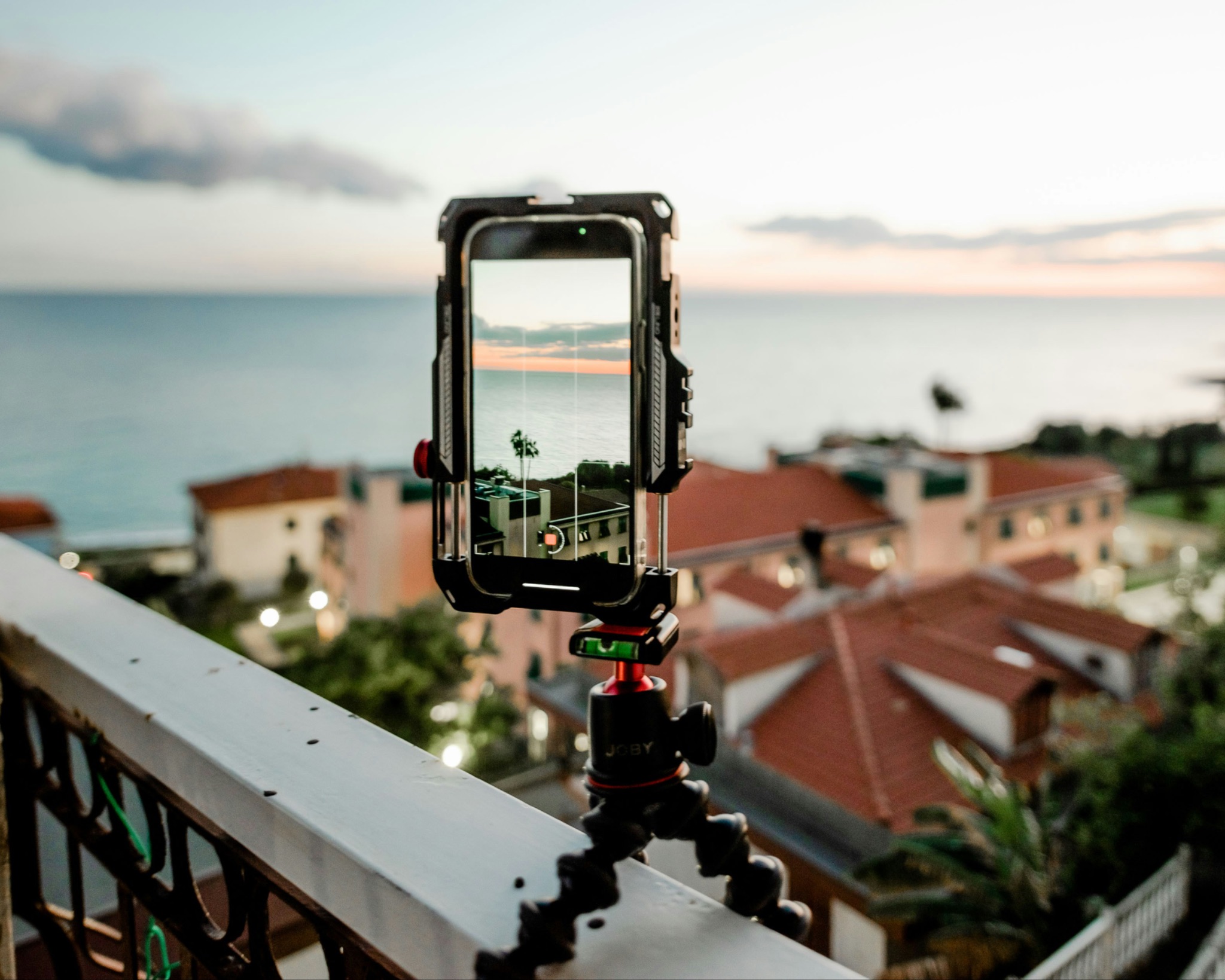


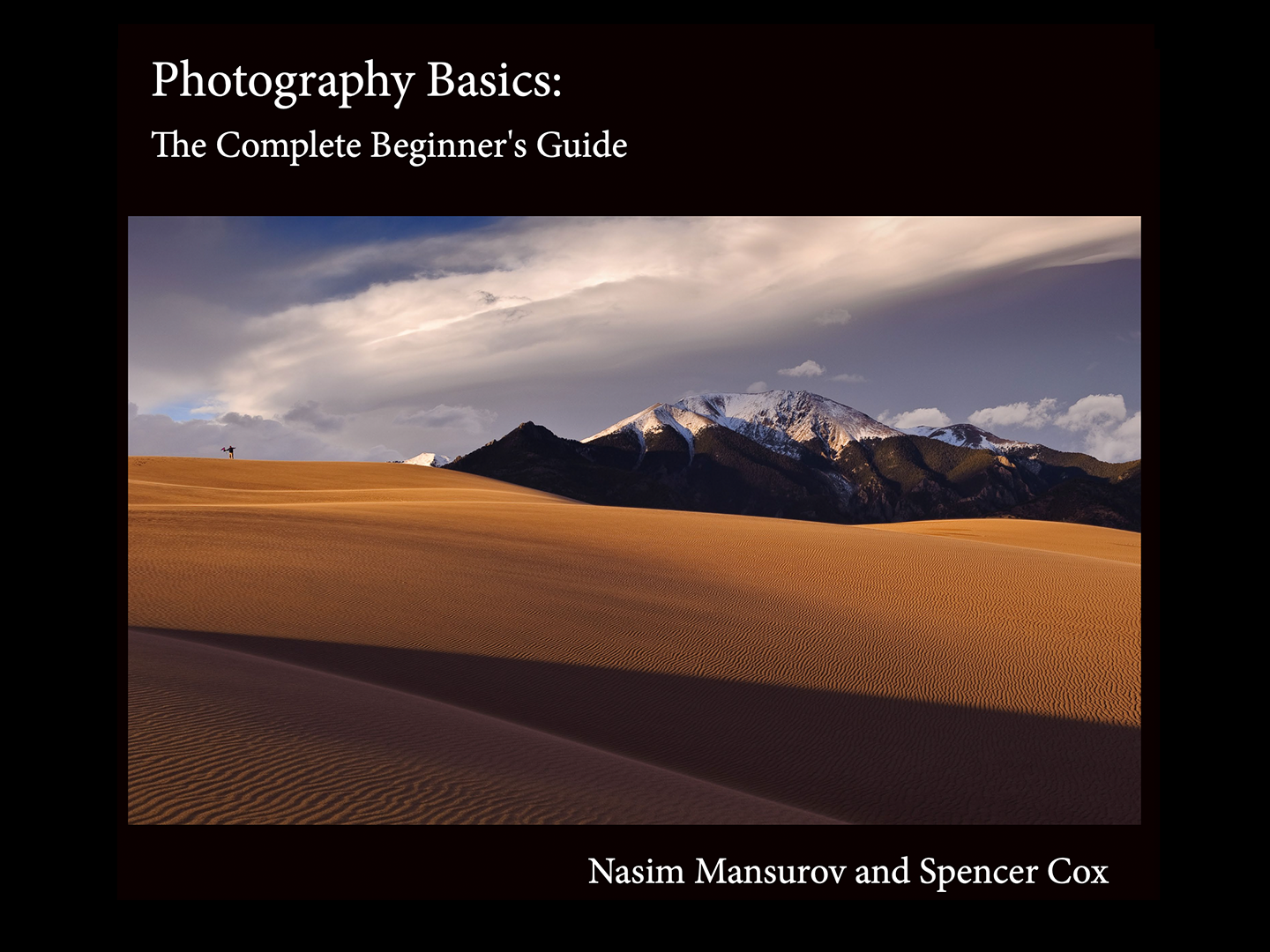
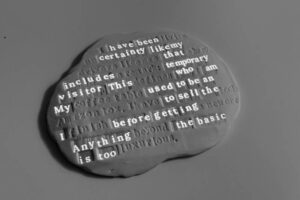
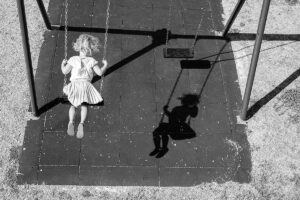


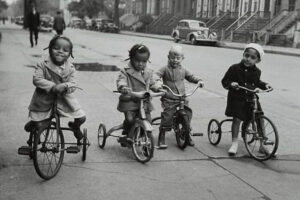
 English (US) ·
English (US) ·
Inline Feedbacks
View all comments